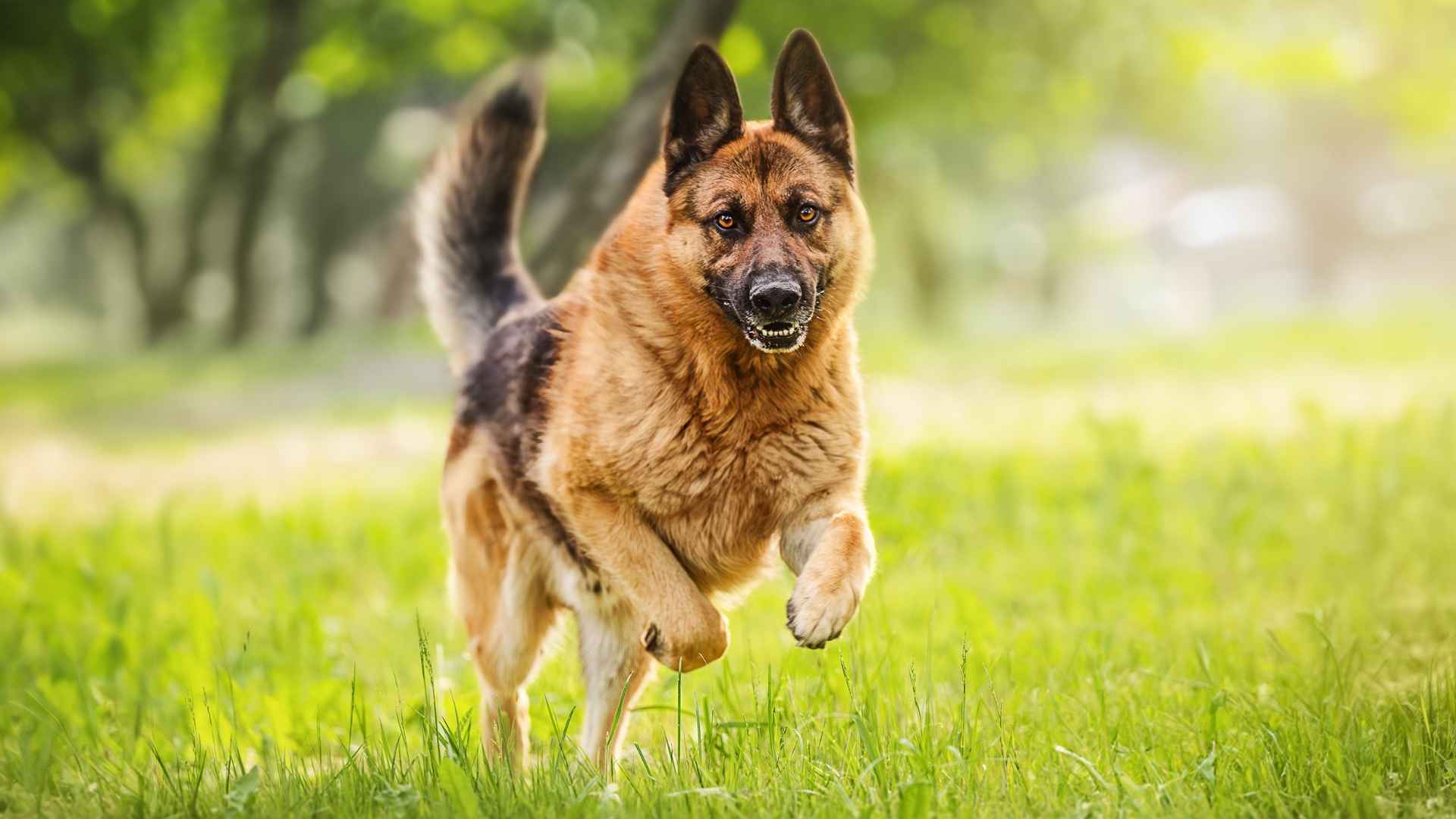Bravery isn’t always loud. Sometimes it runs on four legs, tail low, eyes sharp, moving straight toward the danger while the rest of the world steps back.
We often talk about heroes in uniforms, with helmets and hoses — but history remembers more. At least, it should. In the heart of chaos, others stood tall in their way. No badge. No voice. Just instinct and training.
Firefighting, back then, was a different world. Less noise, more grit. And in that world, help came in unexpected forms. You won’t see their names in textbooks. You won’t hear about them in documentaries. But their stories are real, and their contribution was anything but small.
Now it’s time to shine a light on the silent helpers of the firehouse — the ones who earned their place, not with words, but with action. Let’s go back and meet them.
Dog Breeds Historically Used in Firefighting
1. German Shepherd
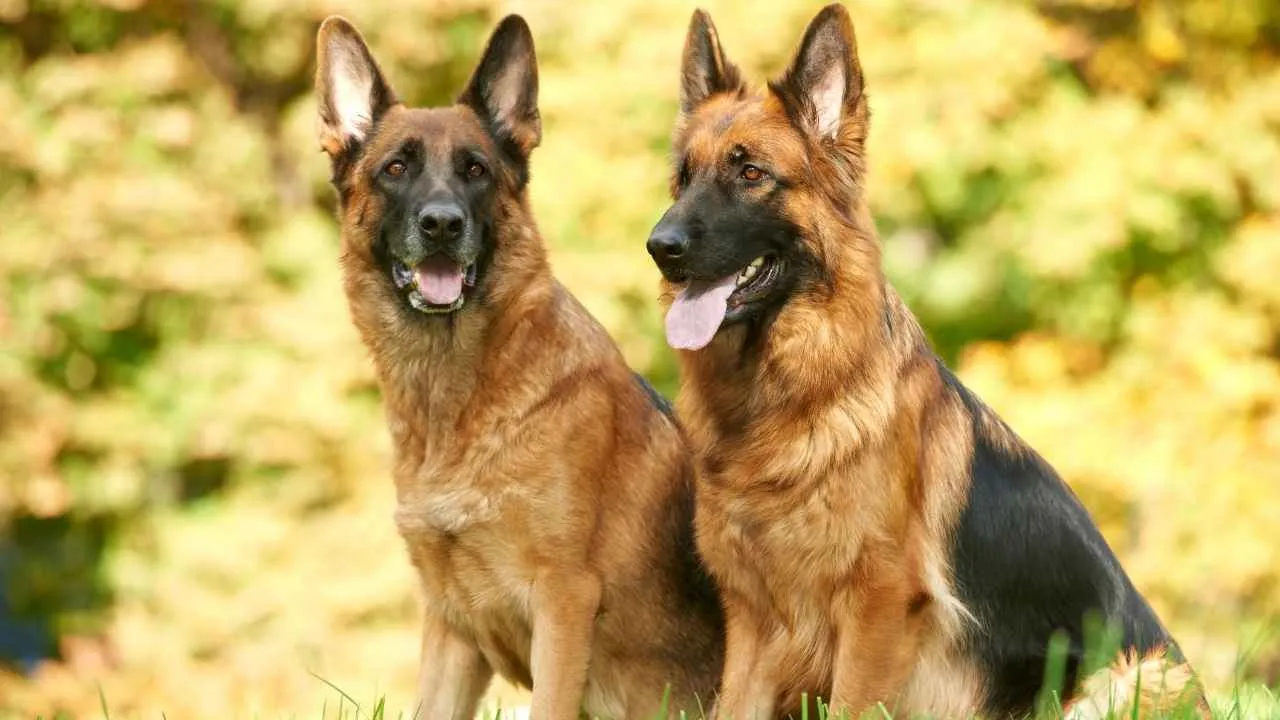
German Shepherds were frequently chosen by fire departments for their responsiveness under extreme pressure. They follow hand signals in low-visibility situations and retain focus amid sirens, smoke, and heat. That mental clarity during chaos made them assets when seconds mattered.
Scent Work During Rescues
Their nose is highly discriminating, allowing them to pinpoint human scent even through heavy ash and rubble. In search-and-rescue operations, they worked corridors faster than equipment could reach. Their tracking instinct was relied on when locations were unstable.
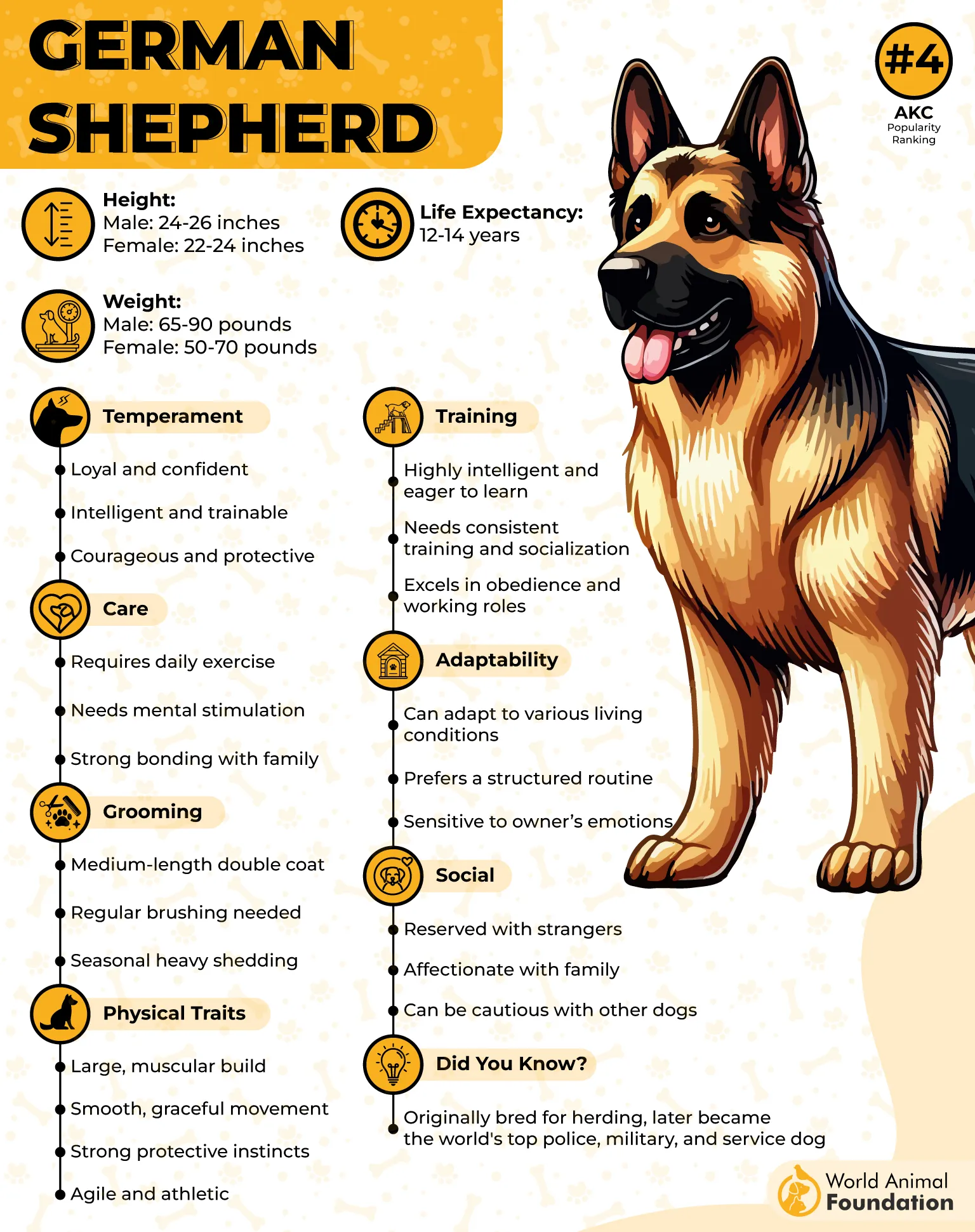
Protective on Scene
German Shepherds positioned themselves near trapped victims, guarding space until responders could take over. That protective posture extended to injured fire dogs or responders as well. They didn’t need a command to defend—they just read the room and acted.
Intelligent Under Stress
They were often used to navigate dangerous buildings because of their sharp memory and quick decision-making. When stairwells collapsed or floors gave out, handlers trusted their judgment. That combination of precision and composure kept people alive during unpredictable events.
2. Belgian Tervuren
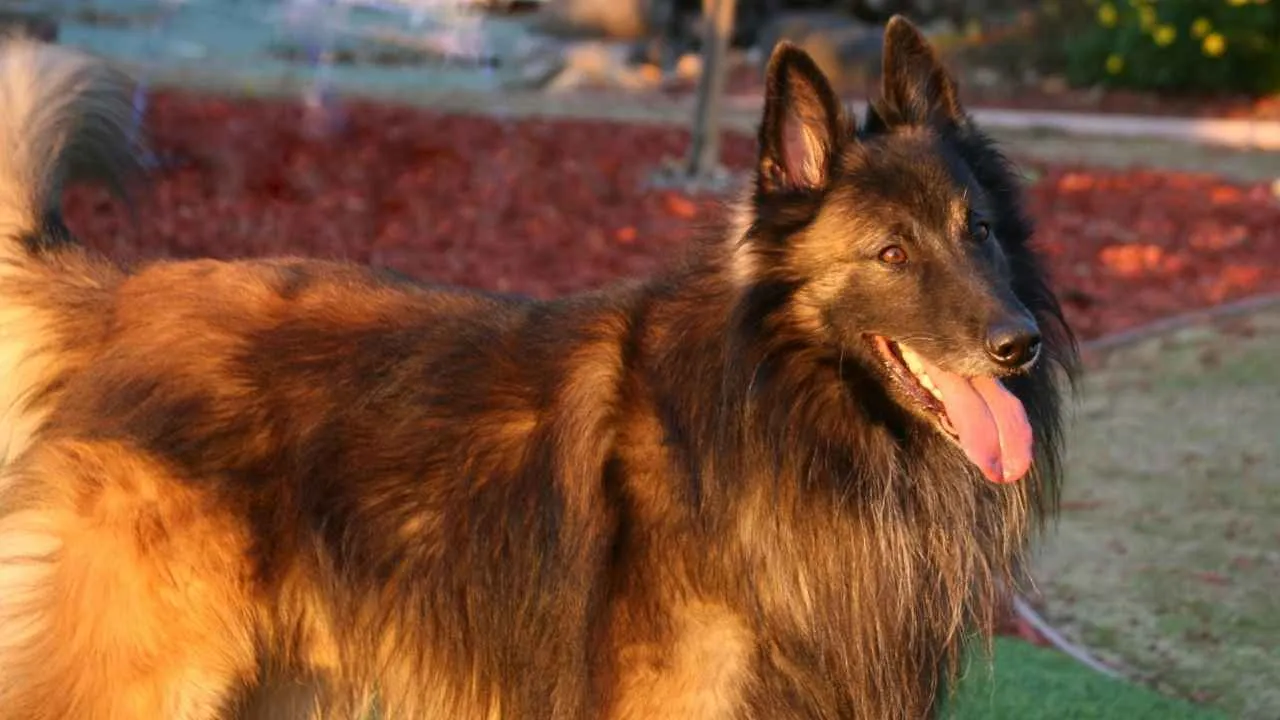
Belgian Tervurens stood out in urban firefighting teams because of their ability to remember complex interior layouts. They could be sent through multi-level buildings to locate trapped individuals or deliver equipment. That spatial memory reduced risk during repeated entries in unstable structures.
Agility Through Tight Spaces
Their lean, athletic build allowed them to navigate collapsed stairwells, narrow passages, and debris-strewn areas. Firefighters used this advantage when human responders couldn’t squeeze through. That physical adaptability often made the difference when time was critical.
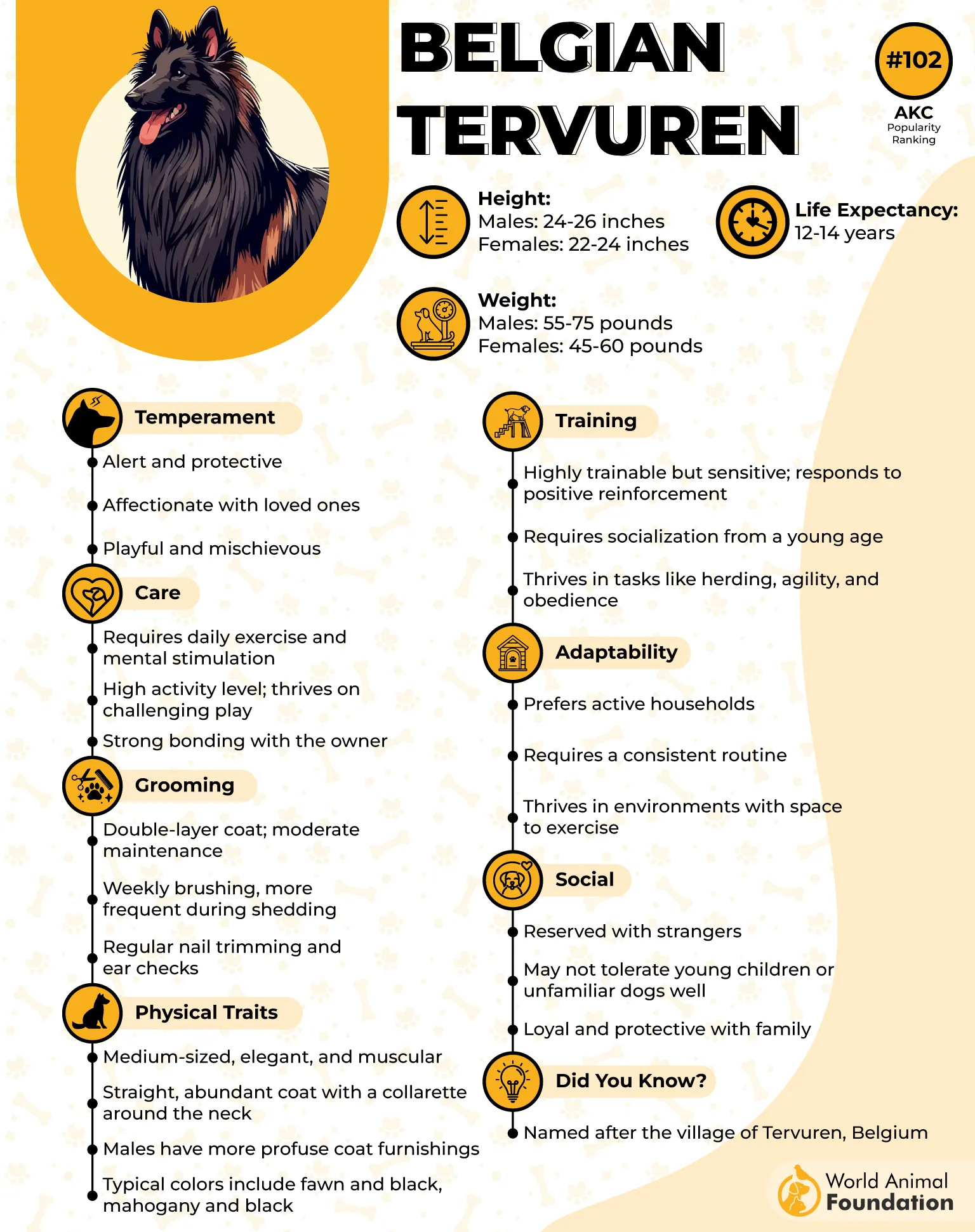
Focused During High-Stress Searches
Tervurens maintained steady concentration even when flames, loud noise, and confusion filled the air. Their intense gaze and attention helped them stay on task without hesitation. This focus allowed handlers to trust them with sensitive rescue tasks inside danger zones.
Natural Drive to Assist
Their strong work ethic made them eager participants in rescue operations without needing constant command, as per Showsight Magazine. Once given a task, they would pursue it with full commitment, whether searching for victims or standing guard at an exit point. Their initiative made them highly valued in chaotic scenes.
3. Border Collie
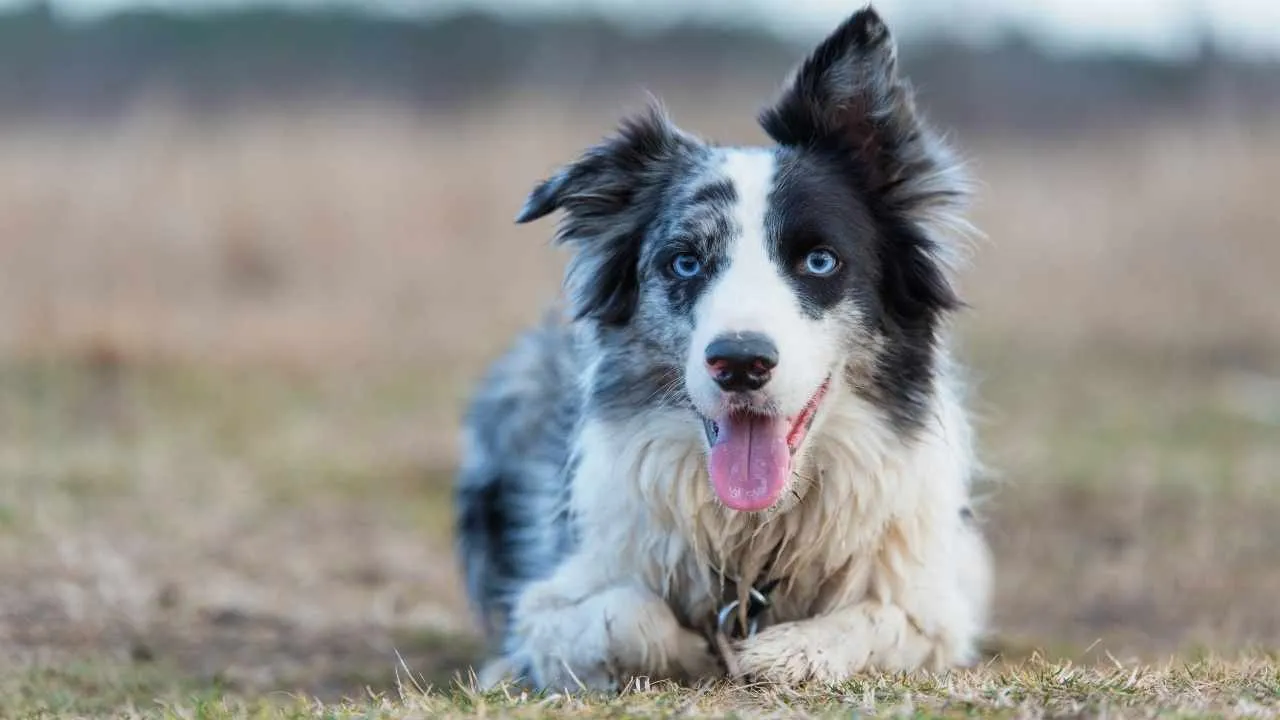
In early rural firefighting efforts, Border Collies were often used to memorize and navigate winding forest paths. Once shown a trail, they could return without guidance, even when smoke blocked visibility. Their memory for turns, dips, and elevation was used to retrieve supplies faster than people could.
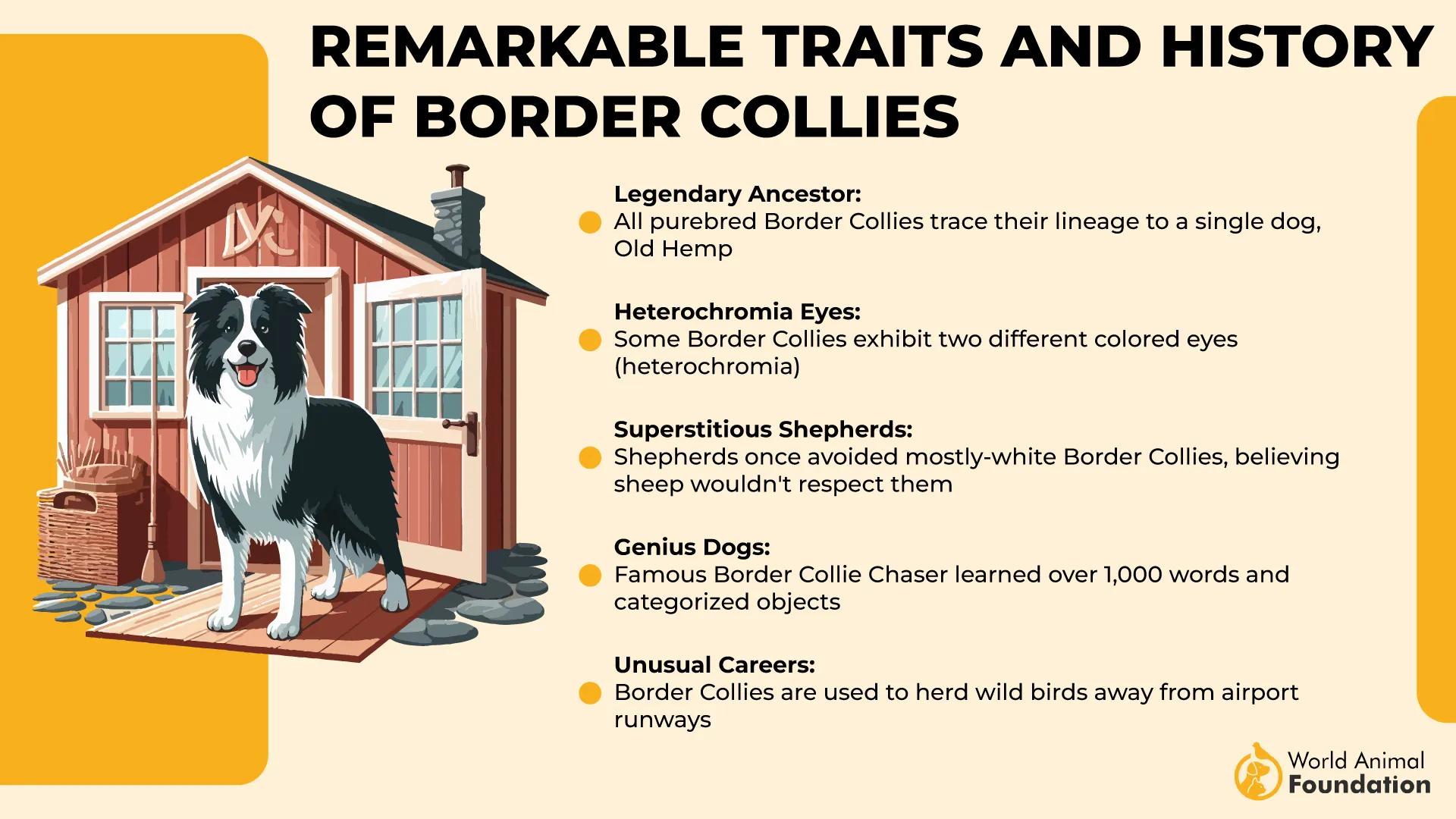
Response to Human Gestures
Border Collies excelled at responding to subtle eye and hand cues even from a distance, as mentioned in the Border Collie Newsletter. This allowed firefighters to direct them silently through smoky areas where voice commands were impossible. Their attention was locked onto the handlers without distraction, even in chaotic open environments.
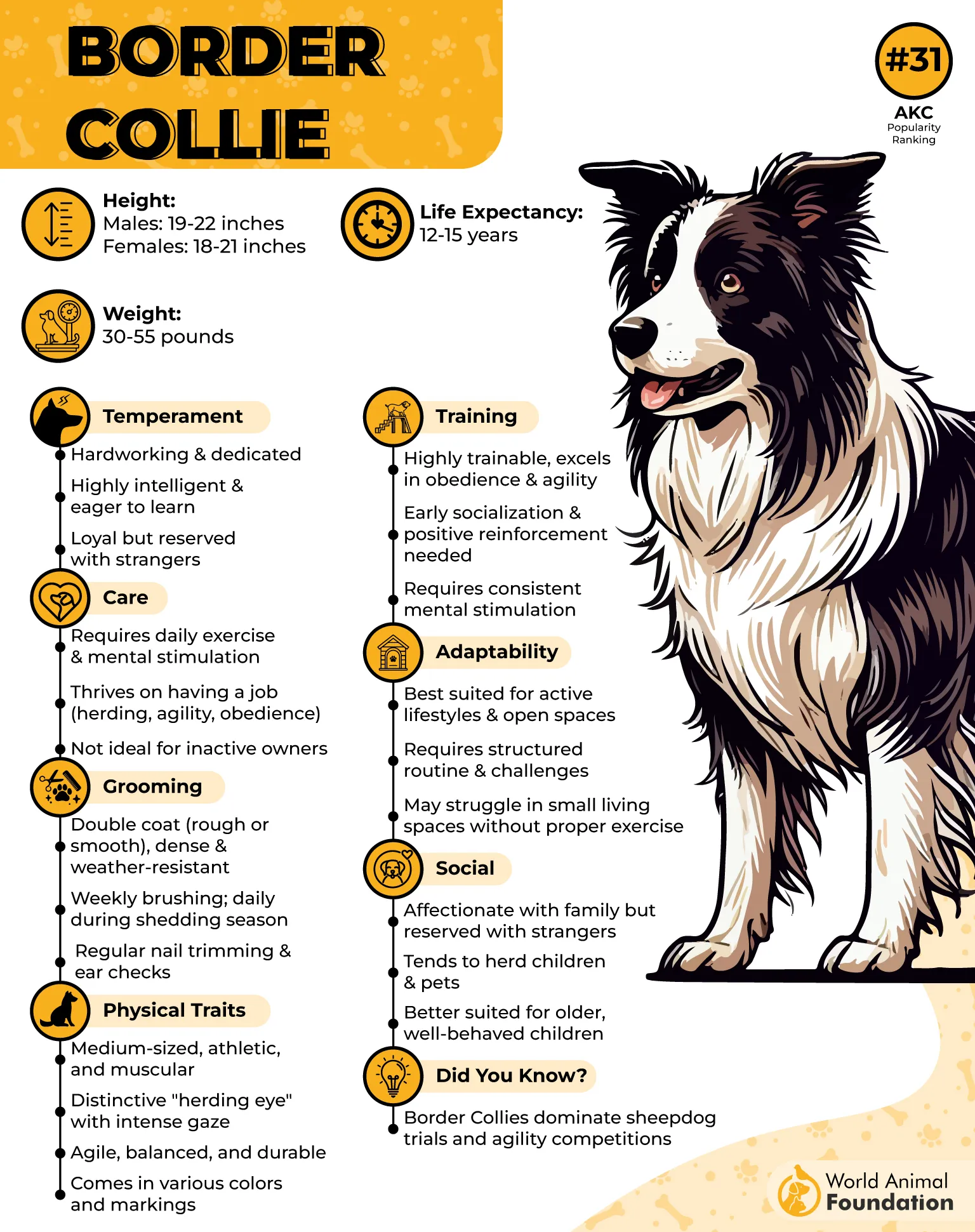
Agility in Tight Quarters
Narrow beams, collapsed sheds, and unstable debris didn’t slow their movement. They darted through spots where larger fire dogs couldn’t fit, often reaching children or animals hidden under fragmented structures. That compact precision made them vital for remote-area recovery efforts.
High-Energy, Purpose-Driven Work
They weren’t chosen for brute strength but for their relentless need to complete tasks. Without formal training, they would pace fire perimeters, watching for flare-ups. Their energy wasn’t just physical—it translated into constant environmental scanning during prolonged rescue phases.
4. Bloodhound
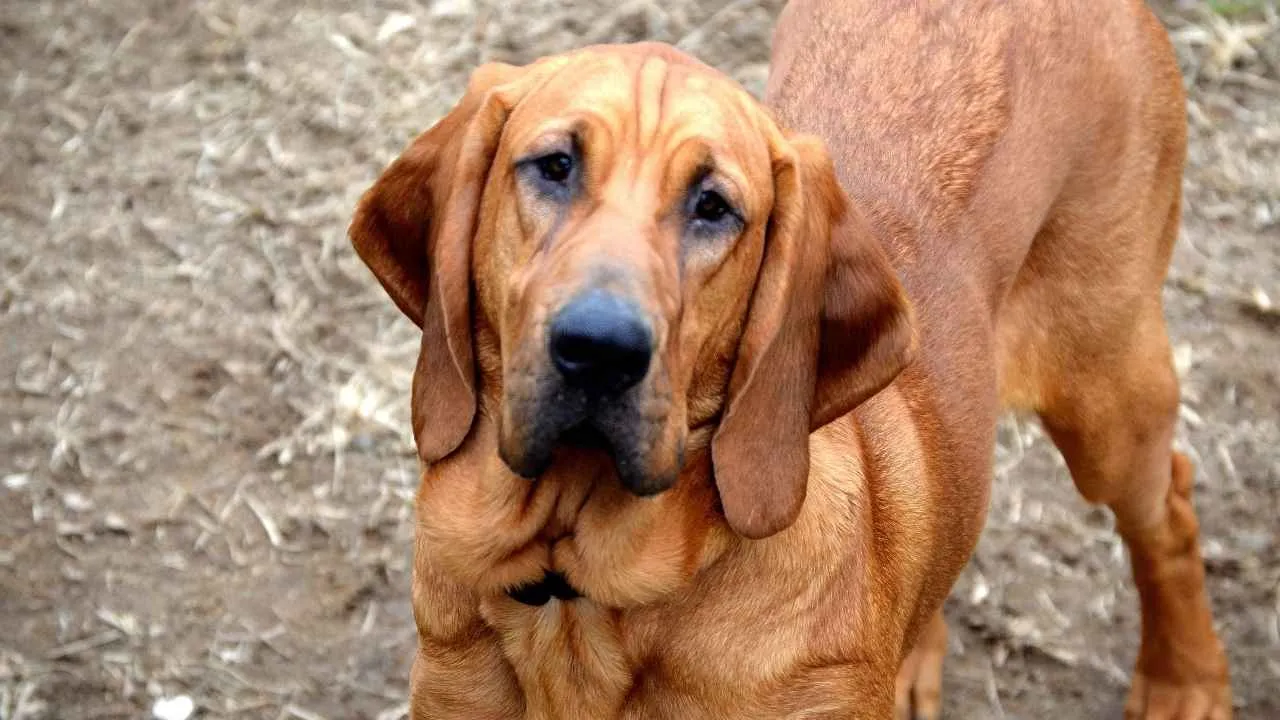
Bloodhounds were deployed during fire incidents where victims were unaccounted for, often long after the flames were out. Their olfactory system can track a scent over several miles, even through layers of ash, debris, and water. That made them indispensable in locating people after chaotic evacuations.
Post-Fire Search Operations
Where vision fails and machinery can’t go, Bloodhounds navigate slowly but with purpose. Their methodical pace allowed them to identify exact scent trails in areas where smoke had settled and air currents had shifted. They were especially valuable when tracking people who had wandered off in panic.
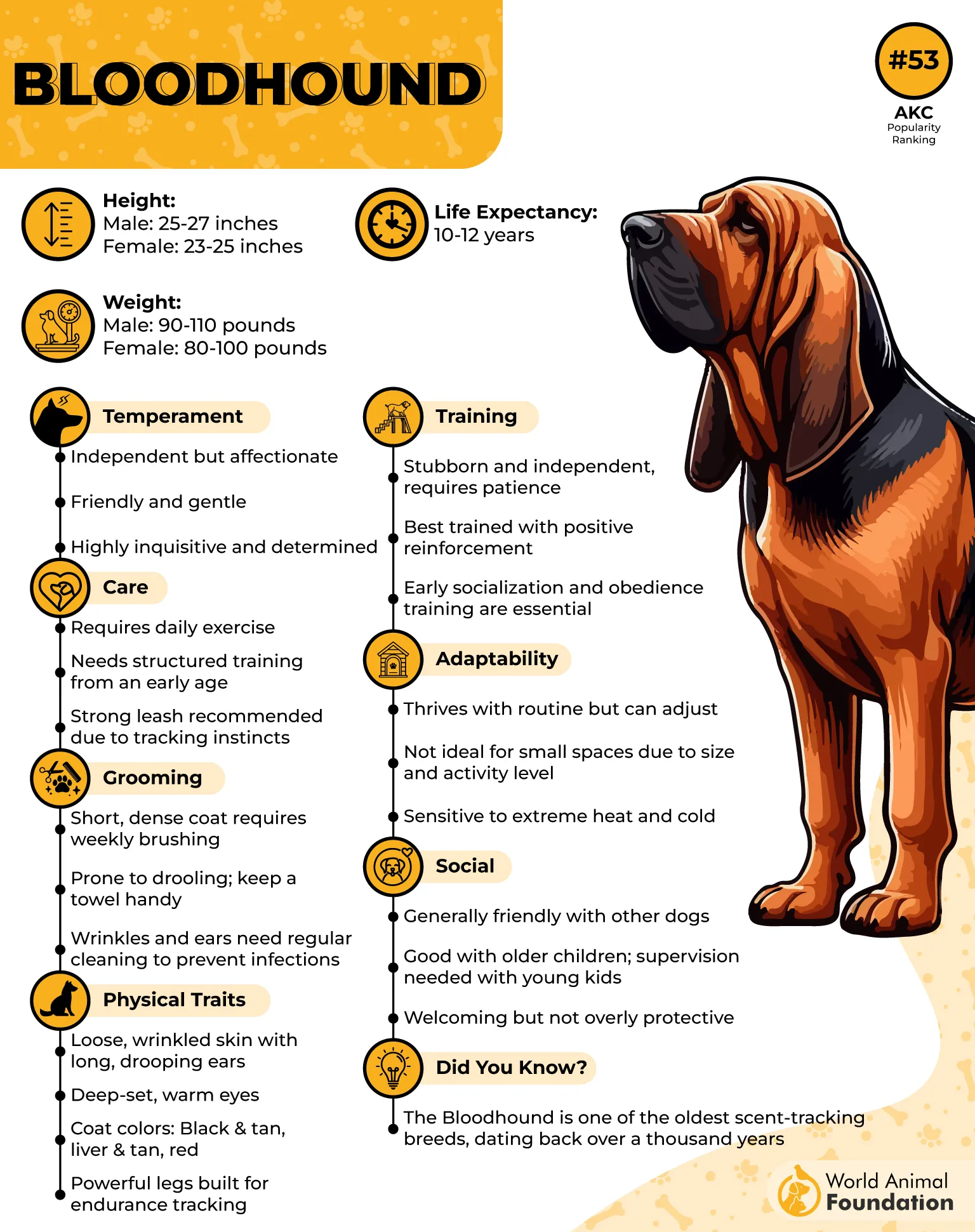
Coordination with Rescue Crews
Bloodhounds were not free-roaming; they worked closely beside responders during structured searches. Handlers understood that reading a Bloodhound’s body posture was essential—subtle head tilts or pauses often marked a change in direction or intensity. This intuitive communication set them apart from most working dogs.
Calm Under Pressure
While certain breeds were chosen for agility or fighting abilities, Bloodhounds were trusted for their focus in emotionally charged scenes. Even when sirens blared or victims cried out, they kept their noses to the task. That single-minded determination made them ideal for extended operations.
5. Beagle

Beagles were brought in by firefighters for tasks requiring fine-tuned scent tracking after fires. Their compact build let them maneuver through tight wreckage where larger breeds struggled. What set them apart was their persistence—they kept working a scent trail long after conditions became difficult.
Vital in Finding the Missing
Their keen nose was historically used to locate lost children or incapacitated individuals trapped by debris. Beagles navigated unstable spaces where equipment couldn’t reach, following scent patterns layered under ash. Their small size and agility gave them an edge in such delicate work.
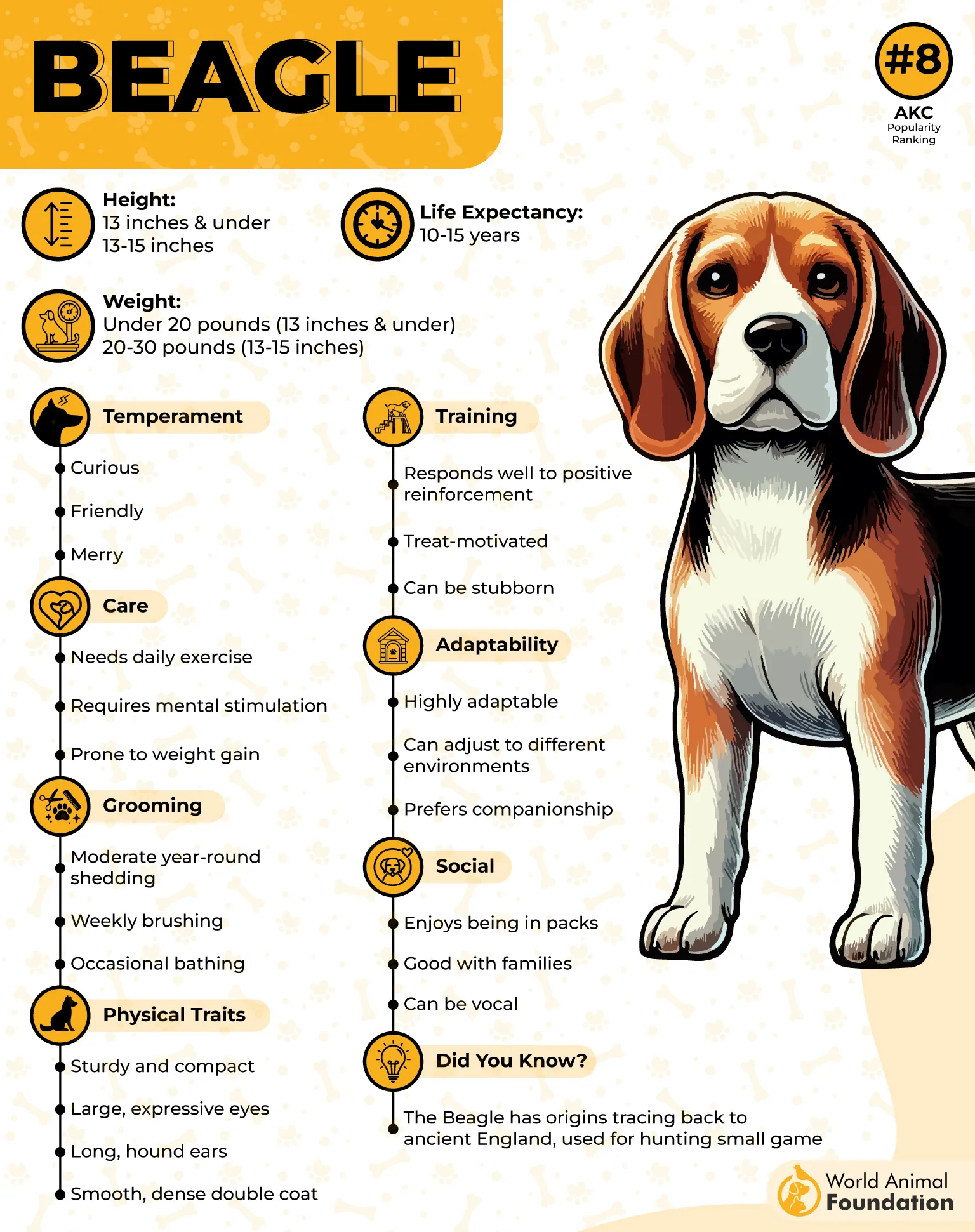
Unshaken by Chaos
Firesites are filled with sudden noises, collapsing structures, and heat waves, but Beagles stayed steady. Their calm under stress allowed handlers to direct them into dangerous zones without hesitation. That reliability was essential in operations where precision and speed saved lives.
Cooperative in Multi-Dog Teams
Beagles worked well alongside other dogs during large-scale firefighting or rescue missions. Their ability to stay focused on their specific task while blending into a team dynamic made them valuable. They contributed without distraction, supporting larger scent hounds or protective breeds.
6. Basset Hound
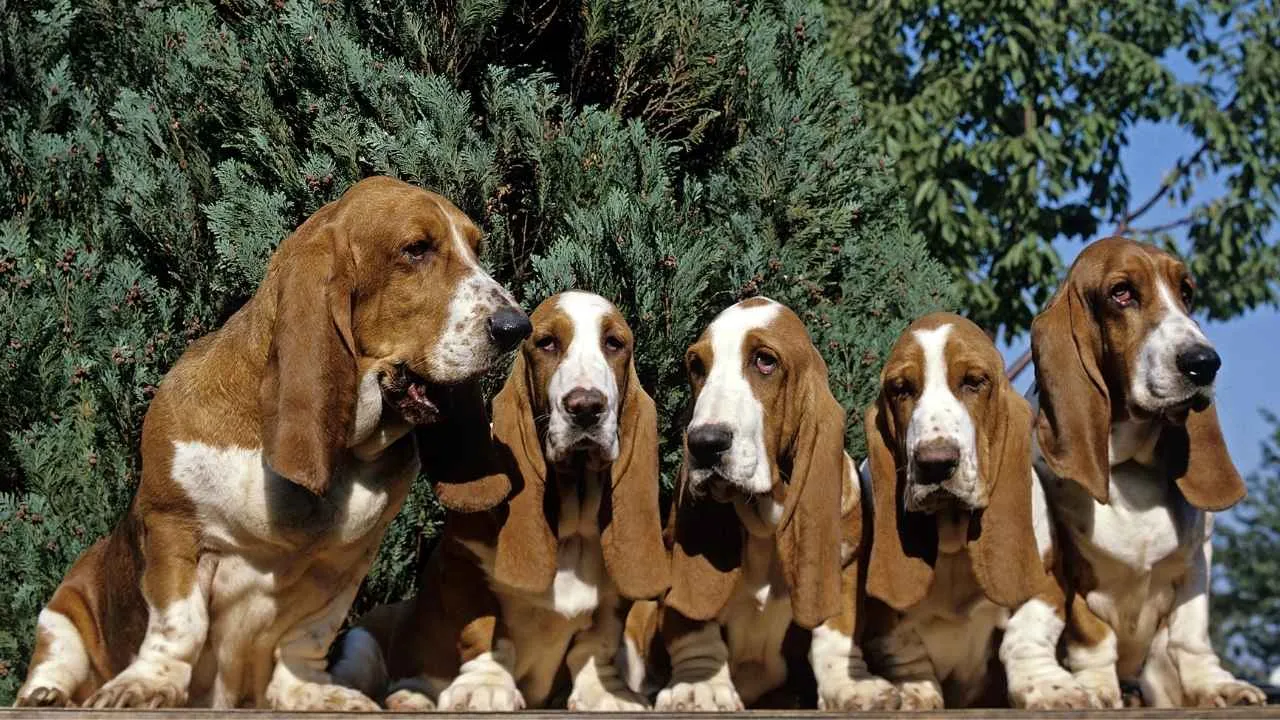
The Basset Hound’s scenting ability ranked just behind the Bloodhound, giving them a rare edge during fireground searches. Their low stature kept their nose close to the ground, allowing them to follow scent trails through ash-covered debris. In confined spaces, they worked where larger dogs struggled.
Calm Focus Amid Noise
Basset Hounds didn’t react nervously to clanging equipment or shouting—an important trait during chaotic rescues. Their steady temperament meant they stayed on task, whether working alongside the fire service or navigating damaged structures. That quiet persistence earned them trust in tense conditions.

Efficient at Low-Level Searches
Their long ears helped funnel scent toward their nose, increasing efficiency when tracking injured victims in collapsed areas. They moved deliberately, ensuring no space was overlooked during methodical searches. This trait made them valuable additions among early tracking dogs used in rescue.
Resilient in Tough Terrain
Bassets were known for their stamina, able to work long hours through soot-filled rubble without losing drive. Their dense build allowed them to push through brush and wreckage during rural fire incidents. That endurance helped extend search efforts when conditions turned severe.
7. Golden retriever

Golden Retrievers were valued on fire scenes for their steady temperament during dangerous rescues. Their ability to remain composed near roaring flames or collapsing structures helped soothe victims, particularly children. That emotional steadiness often eased chaotic environments where panic spread quickly.
Exceptional Retrieval Instinct
Their soft mouth and precision grip made them ideal for carrying lightweight tools or dragging small items from debris. Fire crews used them for fetching ropes or equipment through tight spaces when human access was risky. This instinct to carry without damaging was naturally suited for delicate tasks.
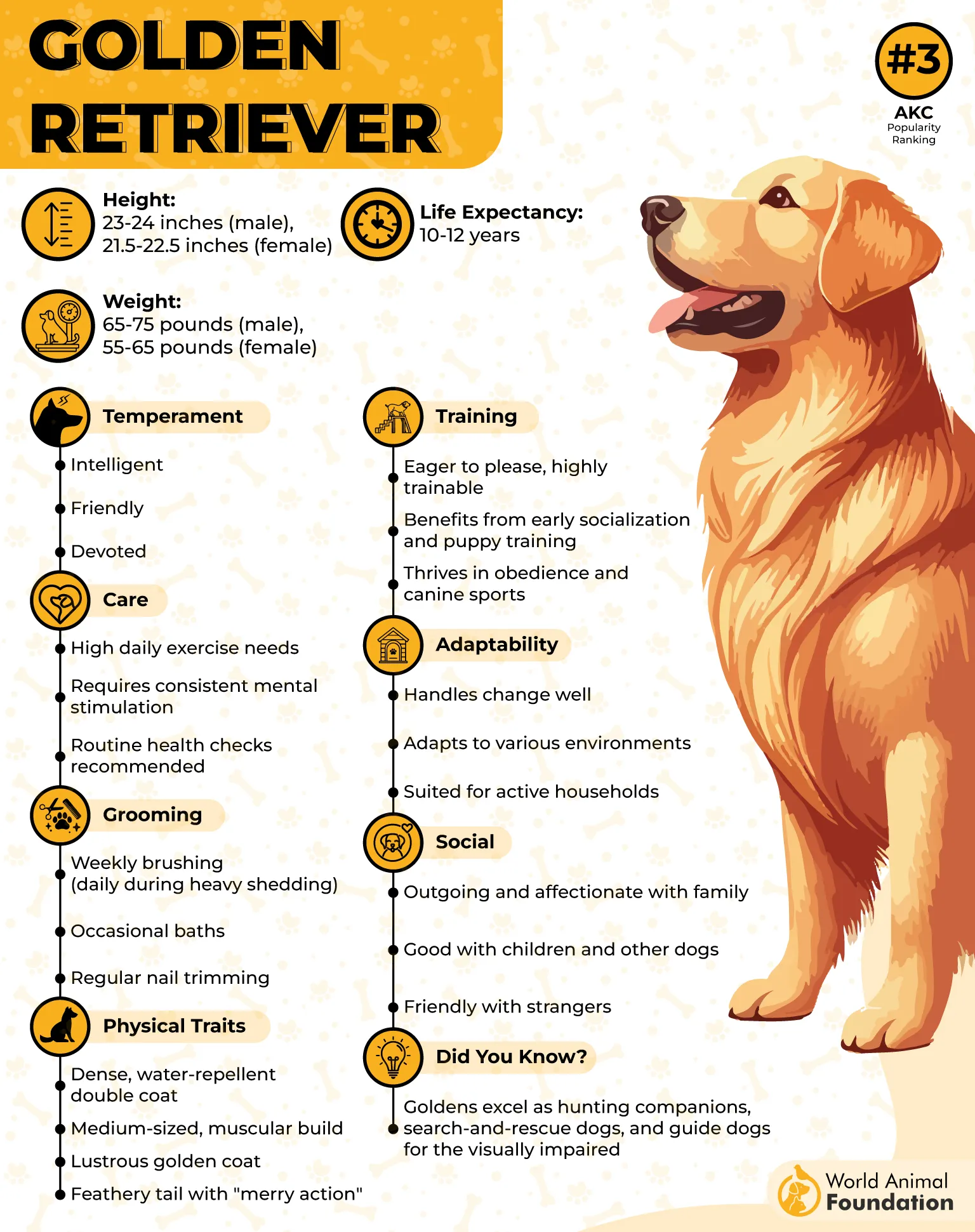
Sensitivity to Human Distress
Golden Retrievers are remarkably attuned to human emotion, and this sensitivity served them well on disaster sites. They would instinctively approach and stay near trapped or frightened individuals. Firefighters noted how their presence provided comfort during high-stress rescues.
Navigating Confined Spaces
These dogs moved confidently through narrow passageways in smoke-filled areas, using their keen memory of entry points. Their smaller frame compared to larger working breeds allowed them access to spots unreachable by people. This made them valuable in collapsed structures where maneuverability was limited.
8. St. Bernard

St. Bernards were used during alpine fires where deep snow or unstable ground made access impossible for carts or early engines. Their sheer strength allowed them to haul equipment or supplies when horses stalled. That muscle made them essential in mountain towns with treacherous terrain.
Heat Tolerance and Endurance
Despite their size, St. Bernards coped well in smoky, heated environments because of their slow, deliberate movement. They didn’t panic in confined spaces, staying steady where lighter dogs bolted. That calm approach gave responders a reliable partner during structural collapses or underground fires.
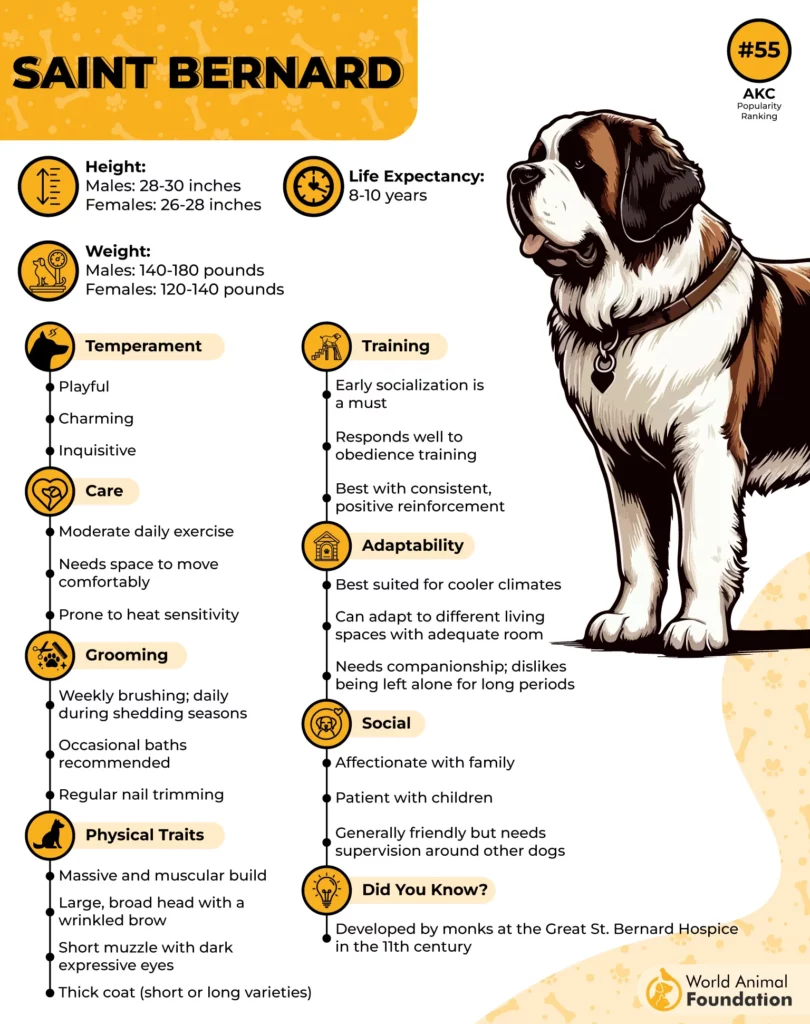
Natural Instinct to Locate
These dogs became known for finding people beneath rubble or drifted snow in the aftermath of fires. They used close-range scenting combined with an uncanny ability to sense subtle vibrations. That instinct meant they often marked trapped locations before tools could expose them.
Comfort for the Injured
Firefighting teams relied on St. Bernards not only for rescue but for the reassurance they brought to victims. Their massive presence provided warmth to those pulled from debris or frostbite conditions. That silent comfort was as vital as any tool in the firefighter’s kit.
9. Labrador Retriever
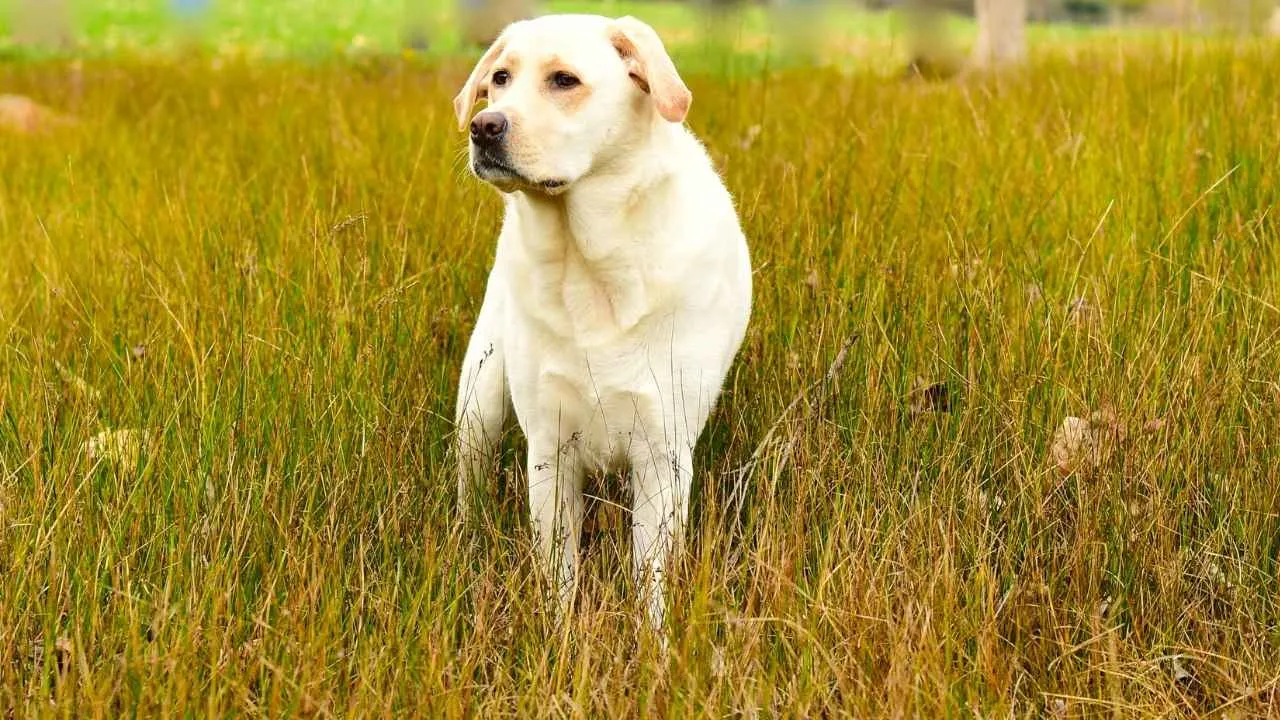
Labrador Retrievers are also known in early firefighting teams for staying calm when crowds gathered at fire scenes. Their stability helped them move confidently through hectic environments without adding tension. This made them reliable near unstable structures and nervous survivors.
Water-Related Rescue Support
These dogs were often used in firefighting operations near docks, canals, or rivers. Their strong swimming ability allowed them to assist in retrieving equipment or helping locate individuals in water. This capability filled a gap where mechanical rescue tools struggled.
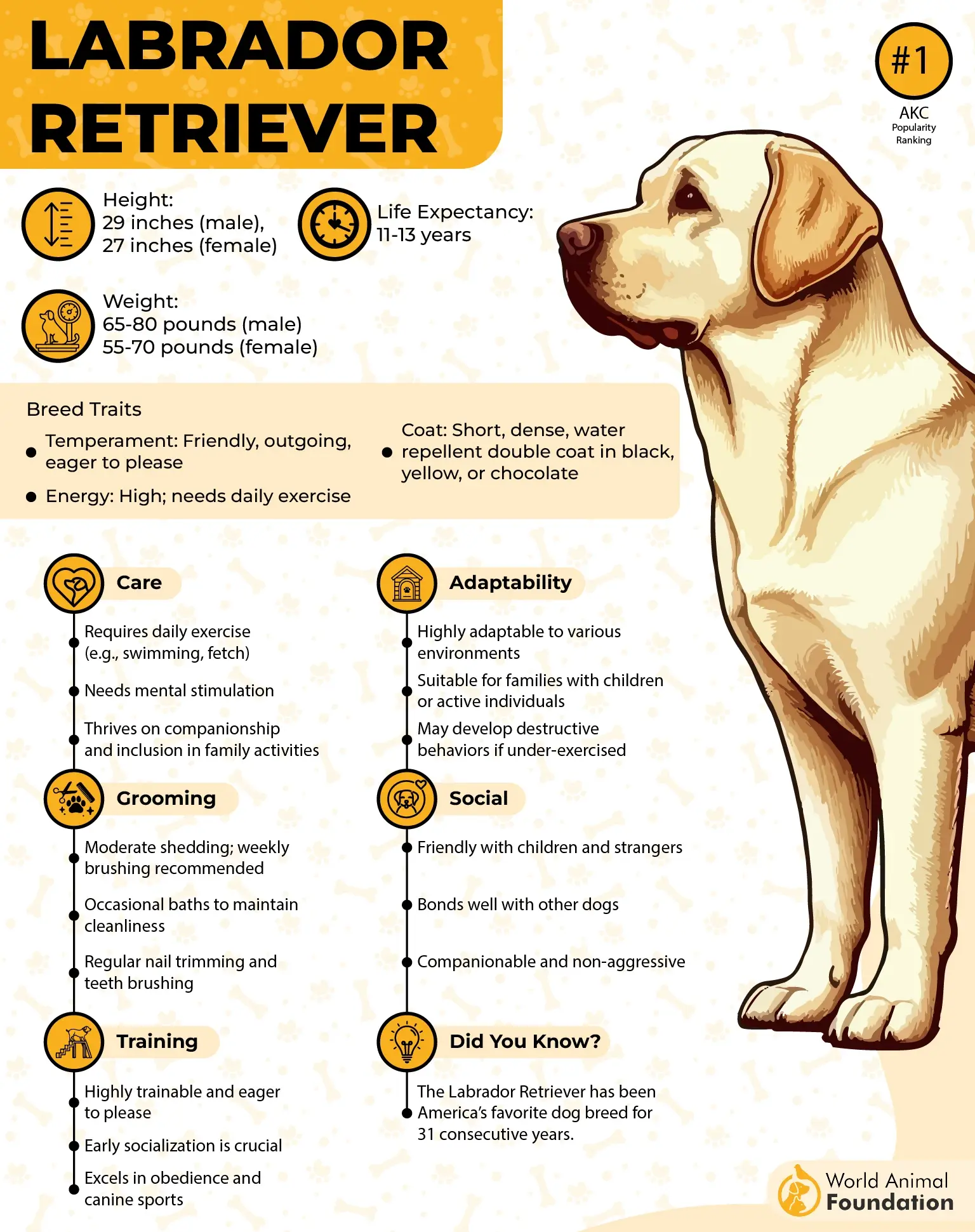
Quick Learners for Complex Tasks
Labradors were trained to recognize specific signals from handlers even at a distance or through smoke. Their ability to remember intricate routines helped when timing was critical. In drill exercises, they repeatedly outperformed other breeds in retrieving small gear safely.
Comfortable in Crowded Areas
Their friendly yet focused nature made them ideal in situations where fires drew large, anxious groups, as highlighted by WebMD. They could weave through tight spaces to reach responders or gear without hesitation. That ease in crowded conditions reduced risks during tense moments.
Conclusion
The brave actions of these dogs weren’t accidents. They were intentional, chosen for jobs humans couldn’t always handle alone. From the smoke-heavy fire ground to tight crawlspaces, they worked without complaint.
Some were rescue dogs, others were former hunting dogs repurposed for survival and service. Their impact wasn’t limited to one era — echoes of their work still shape how dogs are trained today.
You’ll find descendants of these loyal fire pups helping in modern disasters, comforting survivors as certified therapy dogs, or simply living at the station, still sharp, still alert. While most fire companies now rely on high-tech gear and advanced fire engines, one thing hasn’t changed: trust.
And when you walk into a fire station and see a dog curled near a locker, know this — they’re not just mascots. They’re part of a tradition that stood beside man, not behind him, when it mattered most.


